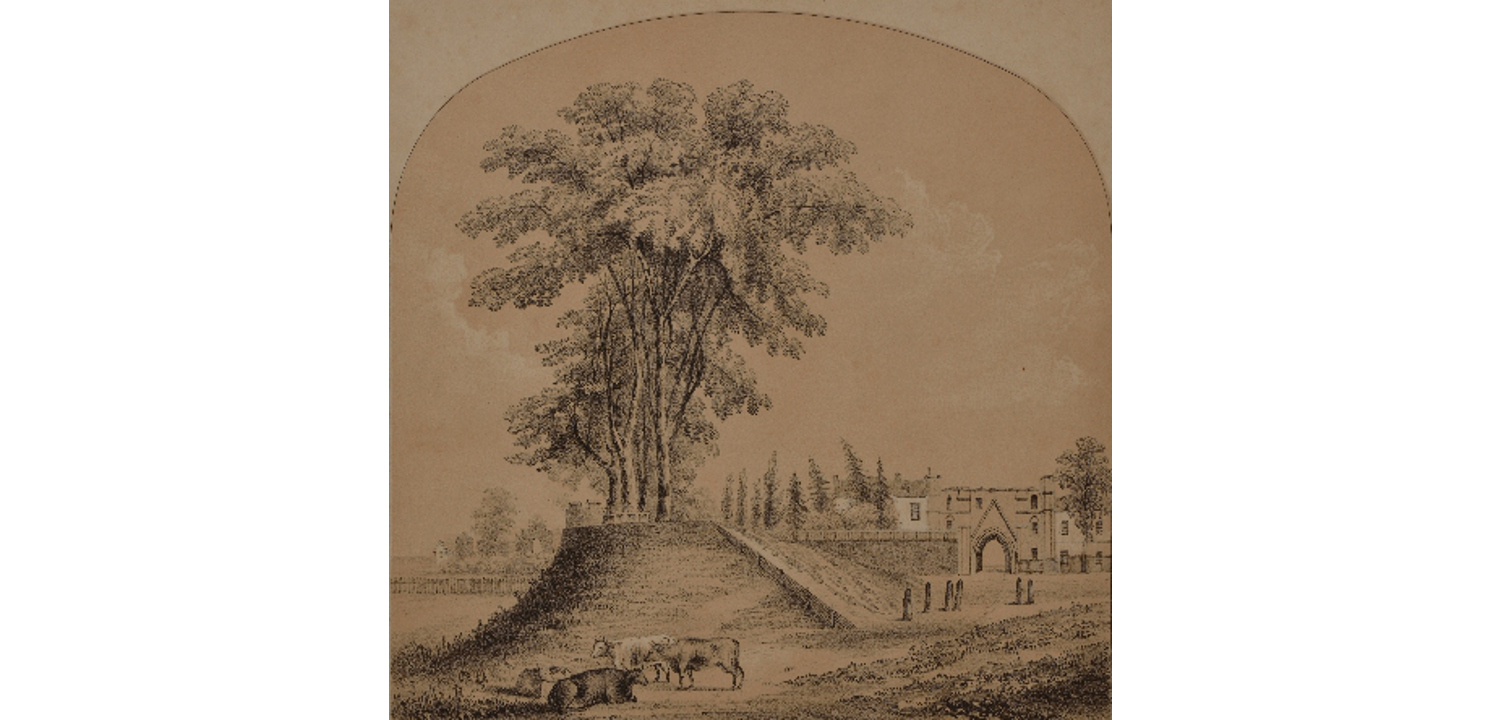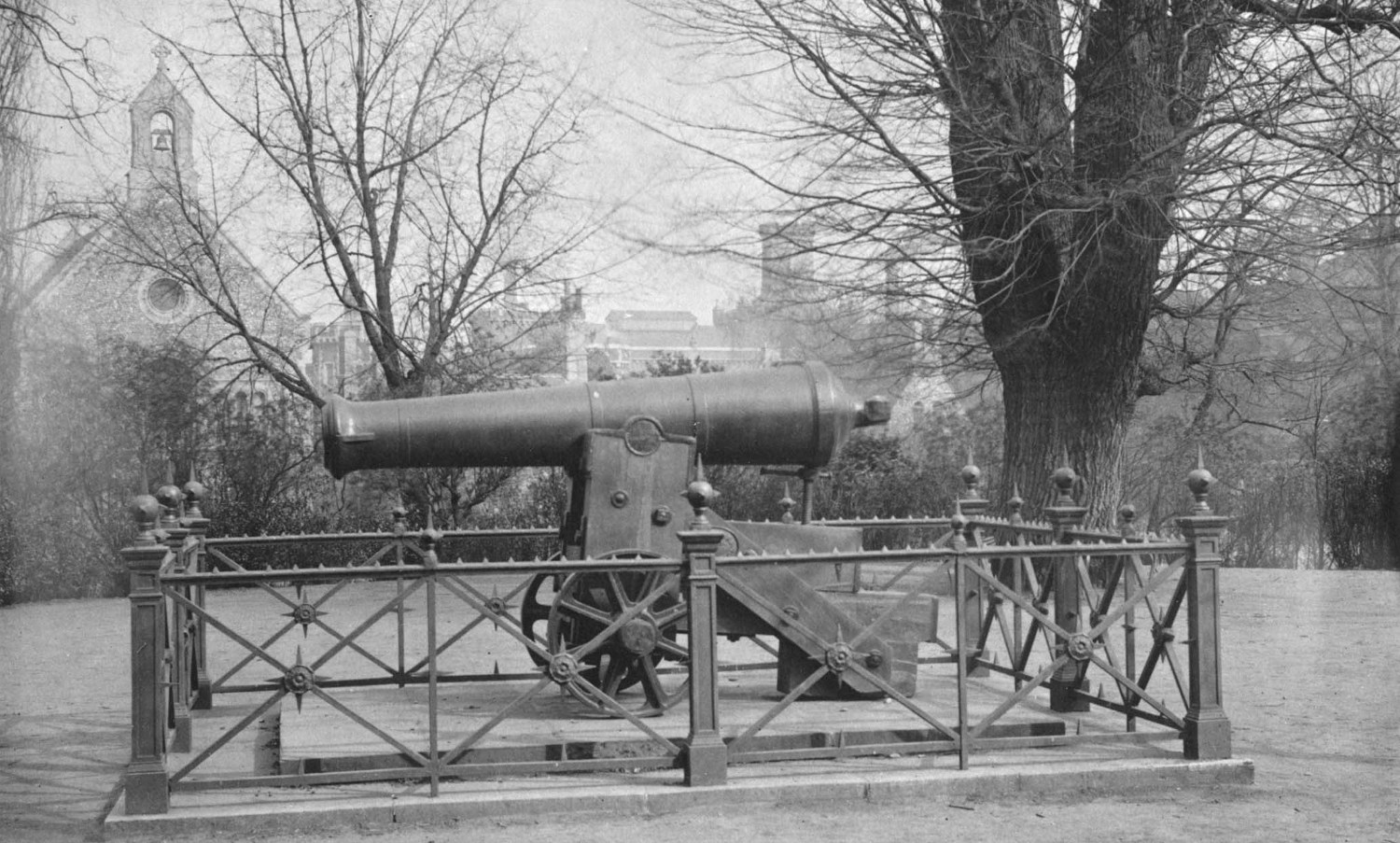In 1643 this hill was part of a ring of defences hastily dug out by an army defending Reading from attack during the English Civil War. The attacking army (Parliamentarians) wanted Parliament to have more say in ruling the country. The defending army (Royalists) supported the king. The Royalists lost control of the town, but later took it back. The Civil War, which caused sieges and battles all over the south and midlands, was eventually won by the Parliamentarians.
Digging deeper - the origins of the hill
The origins of the Forbury Hill are something of an enigma but in 2017 the University of Reading's round mound project agreed to take core samples to see if there was dating evidence for hill's earliest phases. They sampled archaeological deposits by drilling boreholes in two locations – one in the middle of the mound, the other a few metres to the north. In the laboratory, the cores were examined, and small samples of sediment were taken to look for material suitable for dating.
The samples were full of brick and tile. This suggests the mound cannot be any earlier than the 13th or 14th century - ruling out the possibility that the mound was a Norman castle motte, or indeed any other sort of earlier monument. The abundance of tile in the cores from Forbury Hill suggests that it was partly made up of demolition rubble. The demolished buildings of the abbey would be the most likely source. This evidence seems to support the one remaining hypothesis for the origin of Forbury Hill: that the earthwork is a remnant of Reading’s 17th century Civil War defences.
There was also a Civil War earth bank and ditch that stretched across the Forbury. In 1652, when the war was over, Reading Corporation had to flatten the earthworks as they caused serious inconvenience during the four annual markets which dated back to the days of the abbey.
Reading's castle?
The speculation of the hill being part of an earlier medieval castle comes from the period after Henry I died in 1135. His daughter Empress Matilda and nephew Stephen both claimed the English crown. There was a long civil war known as the Anarchy. Stephen eventually became king, but Matilda’s son was acknowledged as Stephen’s heir and crowned King Henry II in 1153. Henry II ordered that a castle built in the grounds of Reading Abbey during the Anarchy should be destroyed. We don’t know exactly where that castle was, but it was probably somewhere in the Forbury.

A print of the Forbury Hill with the Abbey Gate in 1850. Note the steep sides that show its origins as a Civil War defence (museum no. 1974.312.1).
Digging Deeper- Sebastopol gun
In 1857 the government presented Reading Corporation with a gun from battle of Sebastopol which was placed on top of Forbury Hill. A joker fired the Russian gun twice that year breaking nearby windows, after which the gun was capped. However it was fired again in 1868 breaking windows in South East Railway goods station and alarming residents Abbots Walk. In 1919 a German field gun was put beside the Sebastopol gun. Most accounts state that the guns and their railings were removed for scrap during the Second World War – part of a government scheme of 1941 to collect scrap iron.

Sebastopol gun on Forbury Hill, about 1890 (museum no. 1997.26.88)
A local beauty spot
Both sexes join the long desired walk,
And heighten friendship with instructive talk.- This wasn’t always the scene of violence and bloodshed. The mound was a very popular place to bring a girl for a nice walk in the 18th century as revealed in this 18th century poem.





